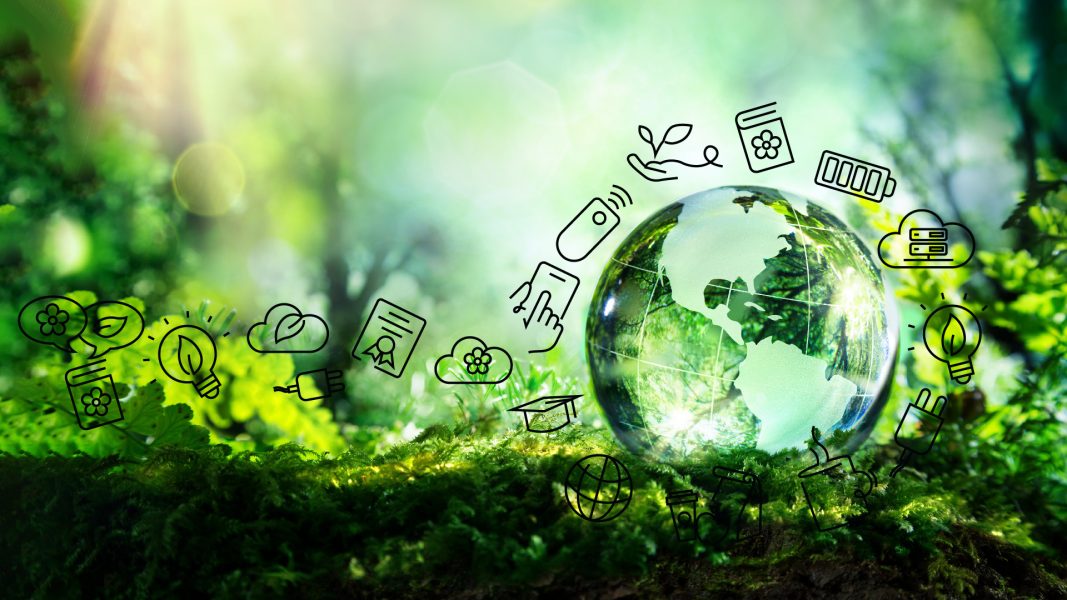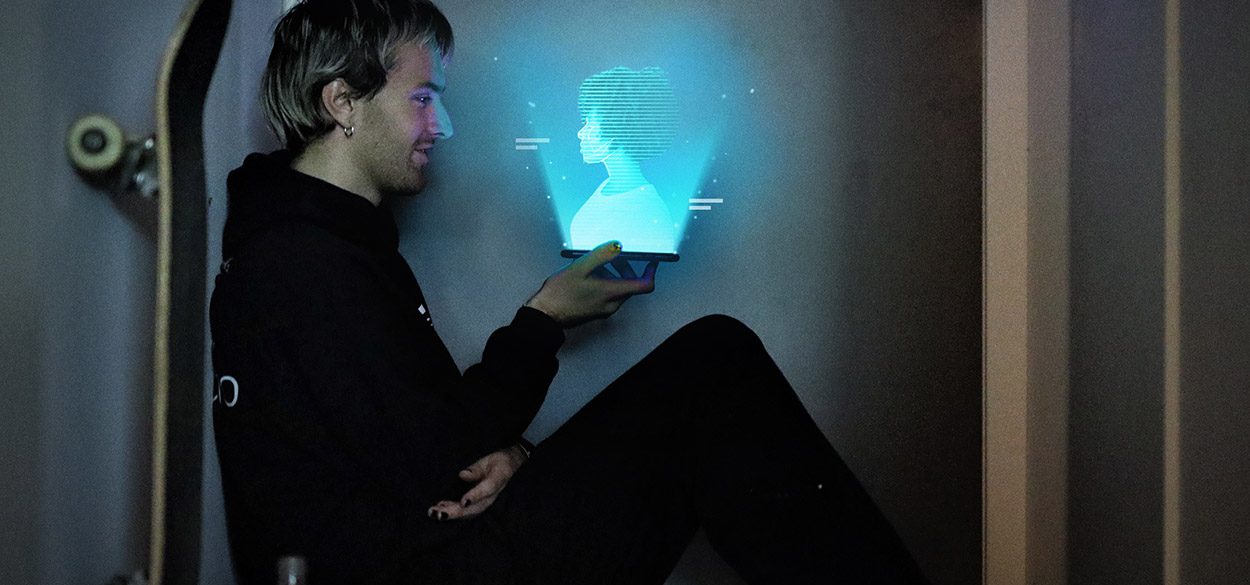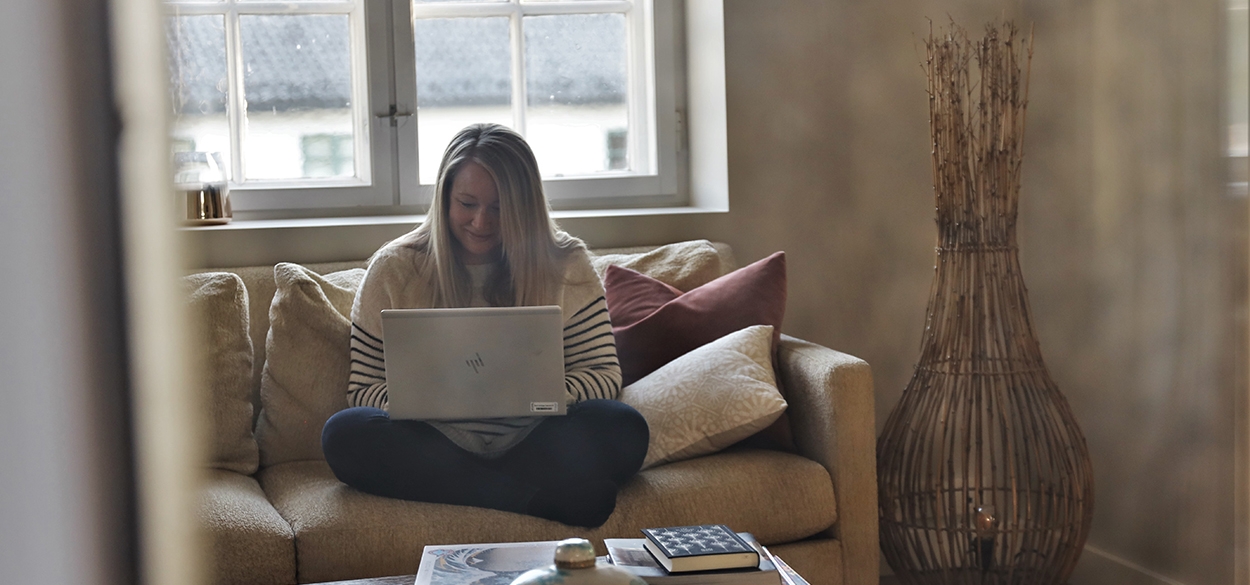
Telenor’s Post-Pandemic Predictions
The COVID-19 crisis has unearthed new considerations for infrastructure, employment and privacy. Telenor Research outlines three key predictions that could characterise our new world.
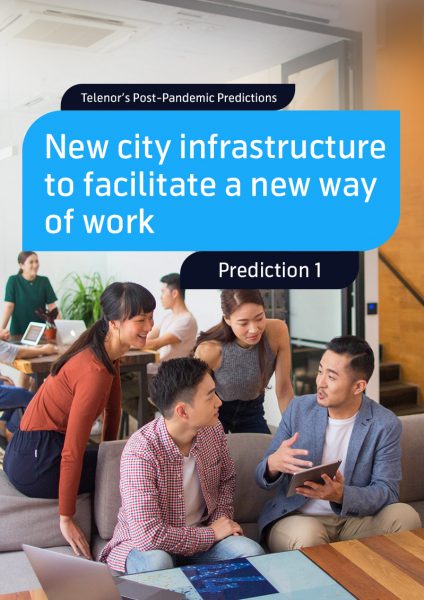
Prediction 1: New city infrastructure to facilitate a new way of work
As the pandemic forces many typically office-bound workers to work out of their homes, we see that this has opened people’s eyes to the possibility that traditional office complexes are not so essential after all. More people are starting to adjust to working remotely, either from home and near home, for example in a co-working space. We expect the pandemic to accelerate this trend. More governments will start to re-think the way they organise their cities, re-allocating more resources to digital and communications infrastructures as the number of workers operating from home or co-working spaces increases.
These hubs will allow workers to be scattered across the cities and closer to residential areas to cut down on commuting time needed. Less commuting means less time spent in traffic and less traffic in general, which leads to less pollution, cleaner air, improved public health and increased productivity and efficiency. To sum up, the post-pandemic cities will see fewer traditional office complexes and more hubs, and as a result, become increasingly environmental and pedestrian-friendly.
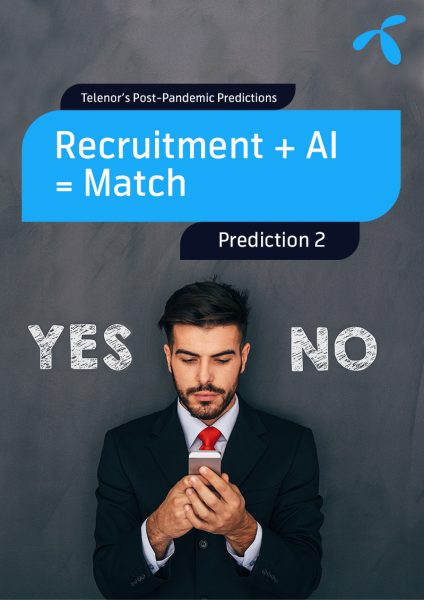
Prediction 2: Recruitment + AI = Match
Along with the lockdowns came economic consequences. While millions of jobs were lost, we also saw new types of jobs emerge to cope with unique needs stemming from the pandemic and the new limitations on immigration. In a job market saturated with displaced workers and new manpower needs, the traditional forms of hiring just take too long, and many existing skillsets are in dire need of updates. We predict that artificial intelligence (AI) holds the key to transform the employment game for the better.
By processing comprehensive background information about employers and potential candidates, algorithms will filter out unsuitable positions and candidates, connecting the right seekers with the right employers. The speed and accuracy of AI headhunting will not only reduce time and money spent searching for jobs and new employees, it will also reduce turnover, as the chances for a ‘perfect match’ between both parties increases.
AI will help workers keep up-to-date, identifying critical competencies they need to acquire training in to prepare for the future and the ever-changing job market. Insight into skills for the future and how they can upskill in advance will also give young people and unemployed a leg up in becoming attractive candidates for employers.
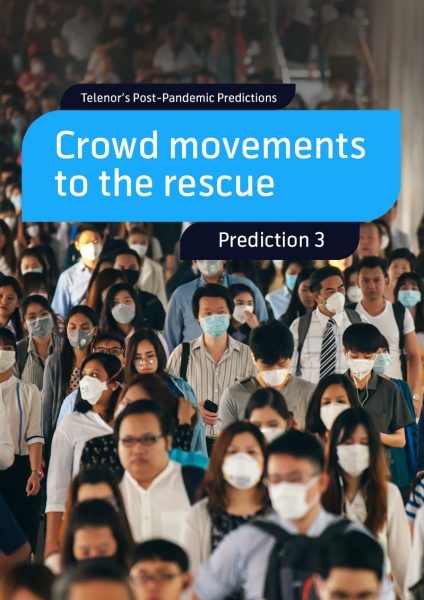
Prediction 3: Crowd movements to the rescue
Data is becoming an increasingly important tool in fighting rapid spread of infectious diseases. However, the recent use of people’s movement data during COVID-19 has also triggered a huge privacy debate. The calls for safeguarding the individual’s privacy are getting increasingly louder, which is why we predict a future rise in the use of aggregated, anonymous data from mobile phone signals, instead of app location data.
A Harvard Business Review article attests that telco data can be used in public health emergencies in a responsible and anonymised format, citing Telenor’s collaborations with local health authorities to model, predict, and respond to outbreaks around the world, most recently in Norway and Denmark. Previous Telenor studies in Pakistan and Bangladesh in predicting the spread of dengue and malaria also prove that aggregated mobility data improves the accuracy of epidemiological models, enabling governments and health authorities to better target their containment measures as well as relief efforts. Individuals concerned about Big Brother watching will be reassured to know that these location traces only provide an overview of general travel patterns, and the data reported only trace movements of groups.
The potential for mobility analytics stretches far beyond diseases prediction. It can also contribute to smart city planning, environmental analysis, and helping industries like travel to get back on their feet. The possibilities are endless.
Rethinking society
"On a scale like no other, the COVID-19 pandemic has accelerated global social and economic change that would otherwise have taken years to realise. Today, we witness countries all over the world taking calculated risks as they ease societal restrictions," says Gorm Andreas Grønnevet, Vice President at Telenor Research.
However, there is no such thing as going back to normal, asserts the VP, who, together with his research team, has identified the three predictions that will shape our new reality.
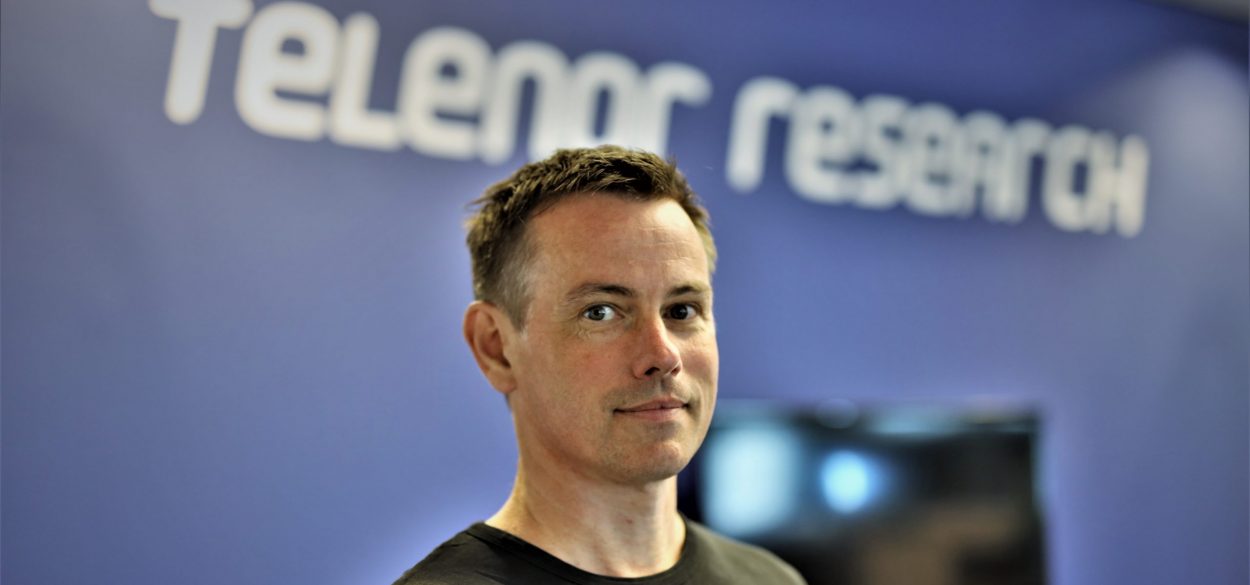
"It is clear that the pendulum is swinging towards the need for reflection and deeper changes in the way we run our cities, our companies, and our communities. The pandemic is leading us all to think out of the box and accelerate changes in the way we work, the services we deliver to our customers, and the role we play in society. Some of our social and economic behaviours will change, so this is the time for governments and leaders to rethink and assess what should stop, what should start and what needs to be accelerated as we step into a post-coronavirus future.”
